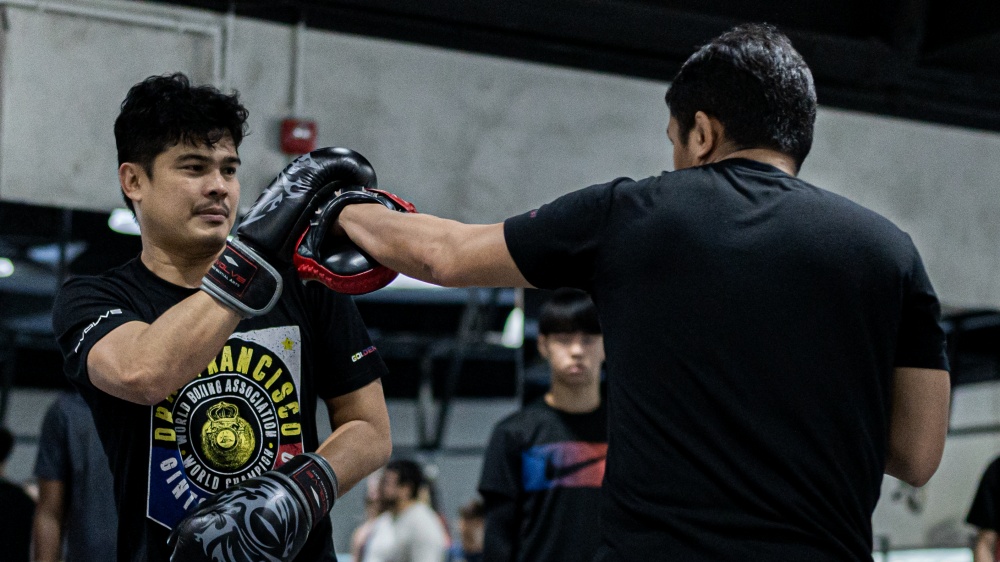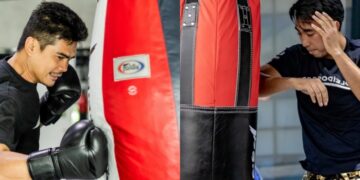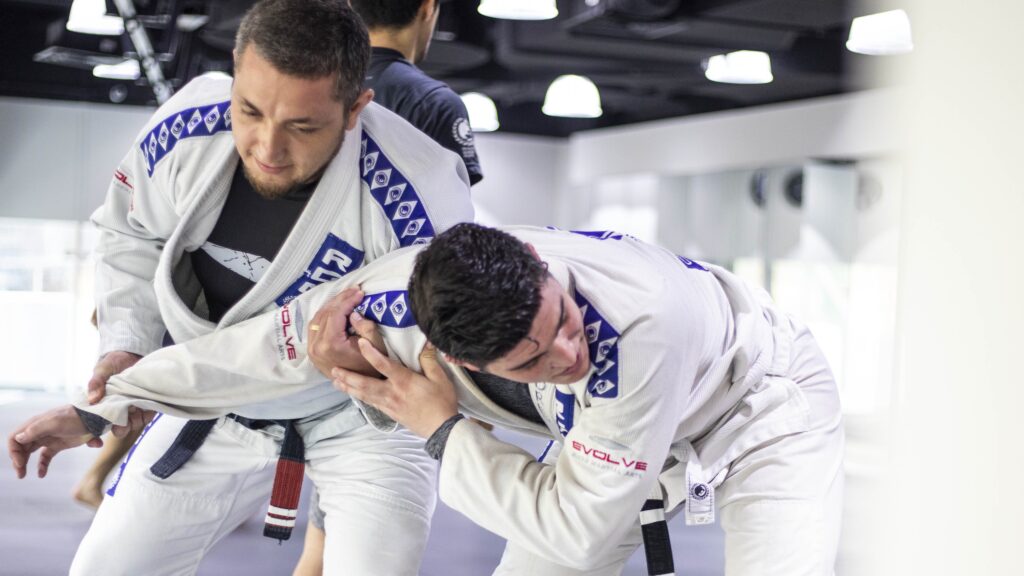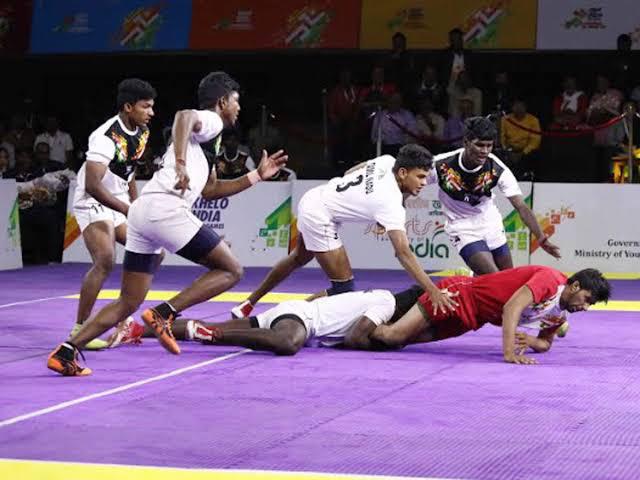Your environment significantly influences what works and what doesn’t in boxing. Even something that might seem insignificant to casual boxing fans, like the size of a boxing ring, influences which tactics work best. Smaller rings tend to force more action, while larger rings give evasive boxers more room to dance all over the ring.
The unpredictable nature of a self-defense scenario often influences which boxing techniques are most effective even more. How skills like combinations, footwork, and defense translate into real-world fights can vastly differ from how things work inside the ring. Some techniques transition more smoothly, while others could get you in serious trouble in an actual situation.
The Science Of Ring Boxing: Structured And Rules-Based
Boxers operate under a strict set of rules that are designed to ensure fighter safety and keep matches fair inside the ring. Rounds are timed, referees enforce the rules, wrists are protected with hand wraps, and gloves cushion the impact of your punches. Boxing training focuses on maximizing your effectiveness within this structured framework.
Techniques That Work In The Ring
Boxers spend years learning how to out-strike opponents in controlled environments. Some of the most effective techniques in the ring include:
- The Jab: This fast, straight punch is the foundation of many boxers’ offense. It’s a multipurpose tool that performs many duties, like measuring distance, disrupting an opponent’s offense, and setting up your other punches. Most successful professional boxers have extremely good jabs.
- The Hook: This powerful punch typically targets the side of an opponent’s head or body. It’s one of your most powerful offensive weapons.
- The Uppercut: Uppercuts are vertical-traveling punches that are aimed at the chin. The punch can weave through a standard guard because of its direction of travel.
- Head Movement: Head movement with techniques like slipping allows you to evade punches while staying in position to launch counters.
- Footwork: Footwork is a significant part of boxing as fighters use it to evade strikes, create openings, and control the distance.
These techniques work well in regulated bouts where both fighters adhere to the same rules, but they don’t quite work the same in situations where anything goes.
The Harsh Reality Of Self-Defense Scenarios: No Rules, No Gloves, No Second Chances
There are no hand wraps, padded gloves, or referees in a street fight, so don’t delude yourself into believing it’s the same as a boxing match. There could be multiple attackers, weapons drawn, or uneven terrain.
What Works In An Actual Scenario

The jab is one of the most underrated yet essential skills in boxing, often opening up opportunities for power shots, disrupting rhythm, and keeping opponents at bay.
While we always recommend avoiding confrontation whenever possible, real life doesn’t always give you that choice. In those rare moments, knowing how to defend yourself and protect your loved ones can make all the difference. Some boxing techniques that translate especially well to real-world situations include:
- Straight Punches: While street fights often end up with both combatants swinging wild haymakers at each other, straight punches like the jab and cross are just as effective in self-defense situations. A jab can help break up whatever your opponent is planning for you, while a hard cross is more than enough to end a fight or stun your opponent for long enough to leave the area.
- High Guard: In real hand-to-hand combat, a high guard is far more practical than flashy defensive styles like the Philly shell. You don’t want to get knocked out in a street fight since that leaves you at your opponent’s mercy.
- Footwork: Footwork has its place in the streets, but it shouldn’t be your main focus since you don’t have the luxury of the even canvas of a boxing ring. One misstep and a sprained ankle could significantly hinder your ability to defend yourself.
- Body Shots: Body shots are incredibly effective in street fights and are gentler on your wrists. A hard hook to the liver is also more than enough to leave anyone rolling on the ground.
What Might Get You In Trouble

In a self-defense scenario, your goal should always be to avoid and escape if possible. There’s no point risking yourself to knock someone out when the best outcome is getting home safely.
Some of the boxing techniques that can get you in a world of trouble include:
- Complex Combinations: Save your fancy five-punch combinations for your sparring partners. Limit combinations to two to three punches in self-defense situations. You don’t want to get caught with a desperate haymaker. Your goal is to get out fast.
- Over-Reliance On Head Movement: Techniques like slipping can be effective in the streets, but you don’t want to get carried away. For example, your opponent might throw a knee if you duck under everything they throw.
- Glove-Dependent Blocking: The massive gloves boxers wear make blocking punches much easier. You don’t have that luxury in a street fight, so prioritize evading strikes over blocking them.
- Fighting Flat-Footed: Boxers sometimes plant their feet inside the ring when throwing power punches, but you always want to be light on your feet in street fights so you can move out of the way of takedowns or multiple attackers.
Real Combat Training: Preparing For The Unexpected
Boxing is an excellent fighting base, and many would argue it’s the best fighting style for the striking aspects of real fights. However, you’ll need to cross-train other martial arts to be prepared for the chaos of street boxing.
Some of the martial arts that complement boxing will include:
- Wrestling: Wrestling is an excellent choice for boxers to cross-train since it addresses their most significant weakness in street fights: limited grappling ability. Learning how to wrestle also translates into boxing since it improves a boxer’s ability to fight in the clinch.
- Brazilian Jiu-Jitsu: BJJ also fixes a boxer’s limited grappling skills and gives them submissions they can use to force compliance or put attackers to sleep.
- Muay Thai: Muay uses many techniques not taught in boxing that are effective in street fights, like clinch fighting, elbows, knees, and kicks.
Start Your Self-Defense Journey At Evolve MMA!
Evolve MMA offers complimentary Muay Thai, BJJ, Wrestling, and Boxing classes that prepare you for self-defense scenarios. Remember that the best street fight is the one you avoid, but it’s always better to be prepared since you don’t always have a choice. Curious about self-defense? Come try a complimentary class and learn from our World Champions directly!
Book your complimentary trial class with our World Champions below!
If you have any other questions regarding Evolve MMA and the programs we offer, you can get in touch with our membership executives at the following locations:
Evolve MMA (Far East Square)
26 China Street
Far East Square #01-01
Singapore 049568
Phone: Evolve MMA (Orchard Central)
181 Orchard Road
#06-01 Orchard Central
Singapore 238896
Phone: Evolve MMA (KINEX)
11 Tanjong Katong Road
#02-52 KINEX
Singapore 437157
Phone: Evolve MMA (Star Vista)
1 Vista Exchange Green
#02-26A The Star Vista
Singapore 138617
Phone: (65) 6539 9590
If you’ve ever watched a fight and thought, “Wow, this guy never backs off?” You’ve witnessed pressure fighting in action. Pressure fighting in martial arts is the art of making your opponent miserable with constant…
Hard sparring sessions in martial arts can make you feel like you’ve just walked through a brick wall. You’ve given it your all, and your muscles are sending you a strongly worded memo saying that…
Nothing feels as rewarding as landing a well-executed strike that finishes the match or secures a win. The knockout is the crème de la crème of combat sports like mixed martial arts (MMA), Muay Thai,…
Boxing is often referred to as “the sweet science” because it is more than just throwing punches. Boxing is about precision, timing, and strategy to scientifically defeat the opponent. While fundamental techniques are the core…
The lead hook can be a double-edged sword. Land perfectly, and your opponent’s night might be over. Throw it half-heartedly and you might fight yourself eating a hard right that puts you to sleep. The…
Boxing is often perceived as an offensive sport where speed, power, and aggression dictate success. While true in certain aspects, at its highest levels, boxing is just as much about defense and control as it…
Whether you’re hitting the heavy bags in Muay Thai, rolling hard in Brazilian Jiu-Jitsu (BJJ), sharpening your jab-cross combos in boxing or just hitting the gym for a quick workout, one thing’s for sure: your…
Gravity isn’t your friend when you’re defending against takedowns. It’s working alongside your opponent to get you on the ground. Fortunately, you also have an ally: the cage. The cages used in modern MMA are…
The back mount is the most dominant position in BJJ. It allows you to set up your attacks without your opponent peripherally seeing how you set them up. Because of this, opponents will rely on…
The countless chokes you learn in Brazilian Jiu-Jitsu are a massive part of what makes it such a fun martial art. While most BJJ techniques were developed to be performed on opponents wearing Gis, many…
Martial arts legends can inspire children—or anyone else—to dedicate themselves to learning more about these ancient arts. Children typically have short attention spans, but they’ll sit through exciting stories about warriors battling tigers with bare…
Solo activities are wonderful for those looking to get out and explore the city on their own. Perhaps you just want to indulge in a good workout session to escape from your daily routine and…




































